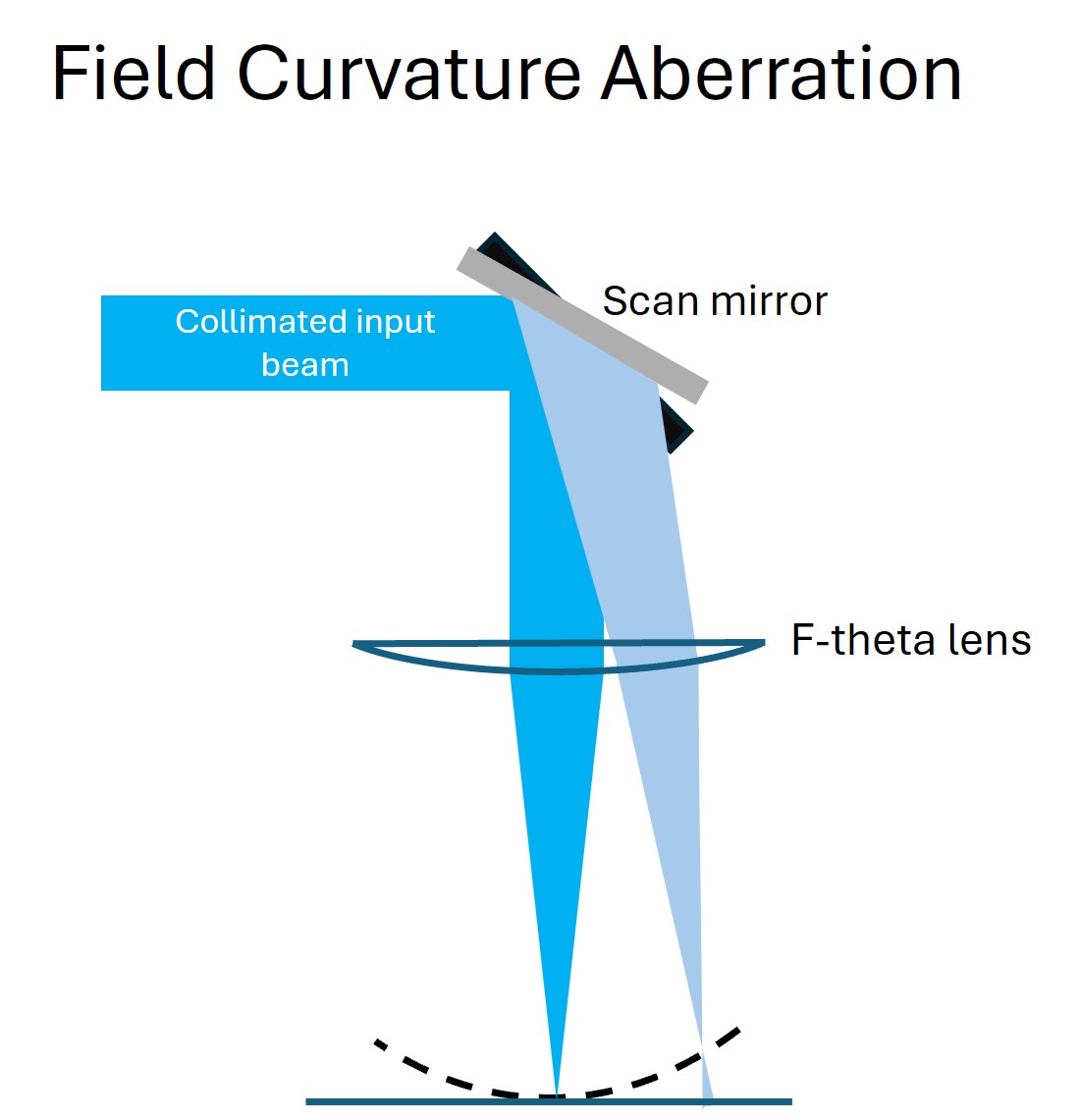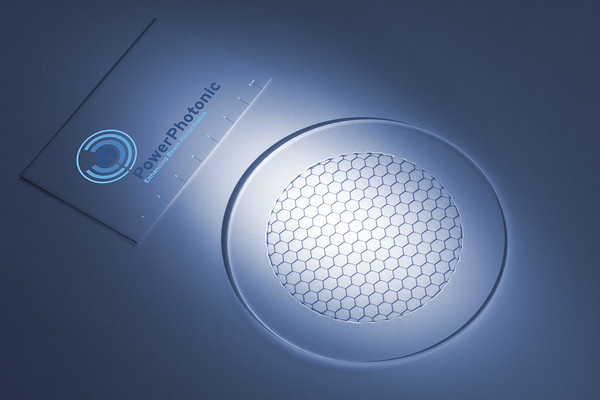
Contact Us for more information on this product.
Description
The resolution of laser scanning and imaging systems – as determined by its modulation transfer function (MTF), can be limited by optical aberrations. Use of an appropriate freeform optical element in the system can reduce certain aberrations and improve the MTF. If provided with suitable design information and performance data, PowerPhotonic can design and manufacture such aberration correction elements.
Sources of Aberration
Optical aberrations of a system come from 3 primary sources: (i) fundamental design limitations, eg only using spherical lens surfaces (ii) tolerances on form error of components within the system, (iii) alignment errors in the fixturing of components.
Classification of Aberrations
Its is often useful to describe optical system aberrations using a series of polynomials that describe increasingly higher order aberrations. Zernike polynomials (reference…) are the most frequently used set; each polynomial corresponding to observed aberration artefacts: spherical aberration, astigmatism, pin-cushion & barrel distortion, coma, field curvature (Petzval) etc
Freeform Aberration Compensators
Given suitable characterization of aberrations (e.g. the first n Zernike polynomials) and the optical system design, it is possible to design and manufacture in fused silica, a freeform correction optic to reduce each aberration and improve overall system MTF.
Please contact PowerPhotonic to discuss your requirements for aberration correction.
Product Spec Sheet
Key Features
- Unique freeform optical element
- High damage threshold
Benefits
- Enhance resolution
- Simple to incorporate into optical systems
Target Applications
- laser based imaging
- microscope imaging


